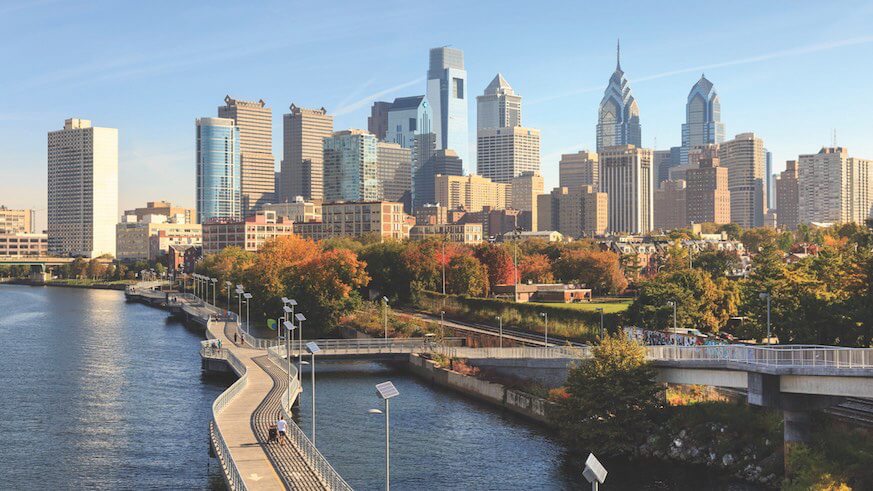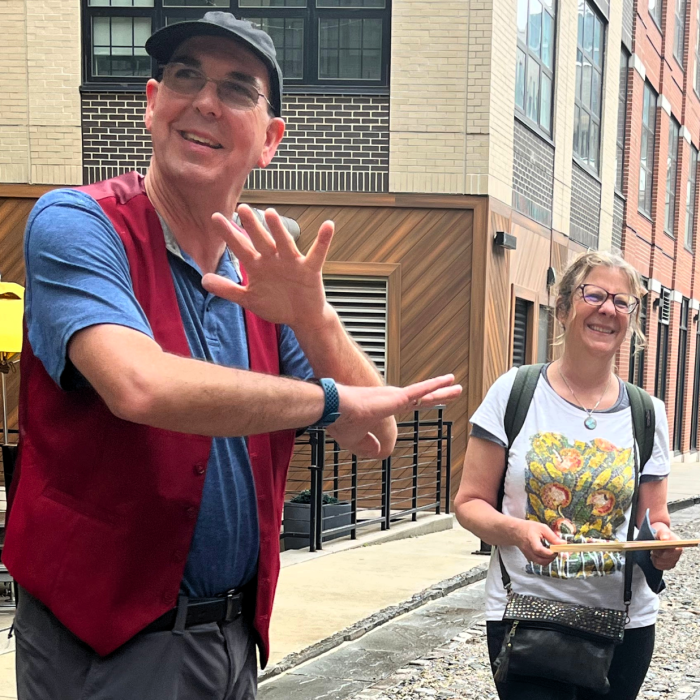When Amazon announced it was looking for a new city to house its second headquarters, American (and Canadian) cities began taking action, talking themselves up to the mail order and media giant, then placing bids to bring in the headquarters and its estimated 50,000 jobs. Two hundred and thirty-eight cities applied.
But, of those 238, approximately zero meet every one of Amazon’s demands. And for good reason: American cities are not as bike-able as many would like. Amazon specifically wants a bike-able, walkable city to house their second headquarters, and most American cities are lacking.
“The Amazon RFP reads like an urban planner’s dream,” noted the Harvard Business Review, “brimming with calls for energy efficient buildings, recycling services, public plazas, green space, and access to multiple modes of transportation.” Amazon wants its new employees to have access to “sidewalks, bike lanes, trams, metro, bus, light rail, train and additional creative options” to get to and from work.
One thing Amazon is not asking for, for its HQ of the future: ample space for car-centric employees to drive fast. Cars are perhaps the most insufficient transportation mode human beings have. Low-carbon, high-efficiency vehicles, like bikes and high-speed trains are how people will get around these Dense Areas Of The Future. Companies like Amazon know this. They’re preparing.
And Philadelphia officials have heeded the call. In a series of videos produced specifically for Philadelphia’s pitch to Amazon, locals talk up not just the talent Amazon could hire from, but the “Livability” that talent (and new residents) would enjoy. I was actually asked to be in the “Livability” pitch video, to speak specifically about Philadelphia’s bike-ability.
Bike-able and walkable spaces aren’t just better for your health, they make business sense.
Study after study has shown that retail flourishes in places where people are able to easily travel by bicycle. People for Bikes writer Michael Anderson recently noted studies which takes this a step farther, noting people who bike to their jobs are happier.
“More bike infrastructure means more biking, which means healthier, happier workers; salaries that go further, thanks to lower commuting costs; and millions of dollars that don’t have to be spent on garage or surface parking,” noted Anderson in a recent article.
And American city leaders have actually used this rationale when building new bike lanes. “You cannot be for a startup, high-tech economy and not be pro-bike,” said Chicago Mayor Rahm Emmanuel when he opened a bike lane on Dearborn Street in 2012.
Mayor Jim Kenney hasn’t exactly gone as far as Emmanuel when announcing his new Vision Zero projects, recently. But the fact that Philadelphia has decided to talk up its livability—and not necessarily the tax breaks that Amazon would get for being here, although that will likely happen, too — is a positive sign. Now, we just need city and state legislators to get out of the way of progress on street safety projects, like better crosswalks, bike lanes, and public transit options, so our livability can live up to all this hype.























